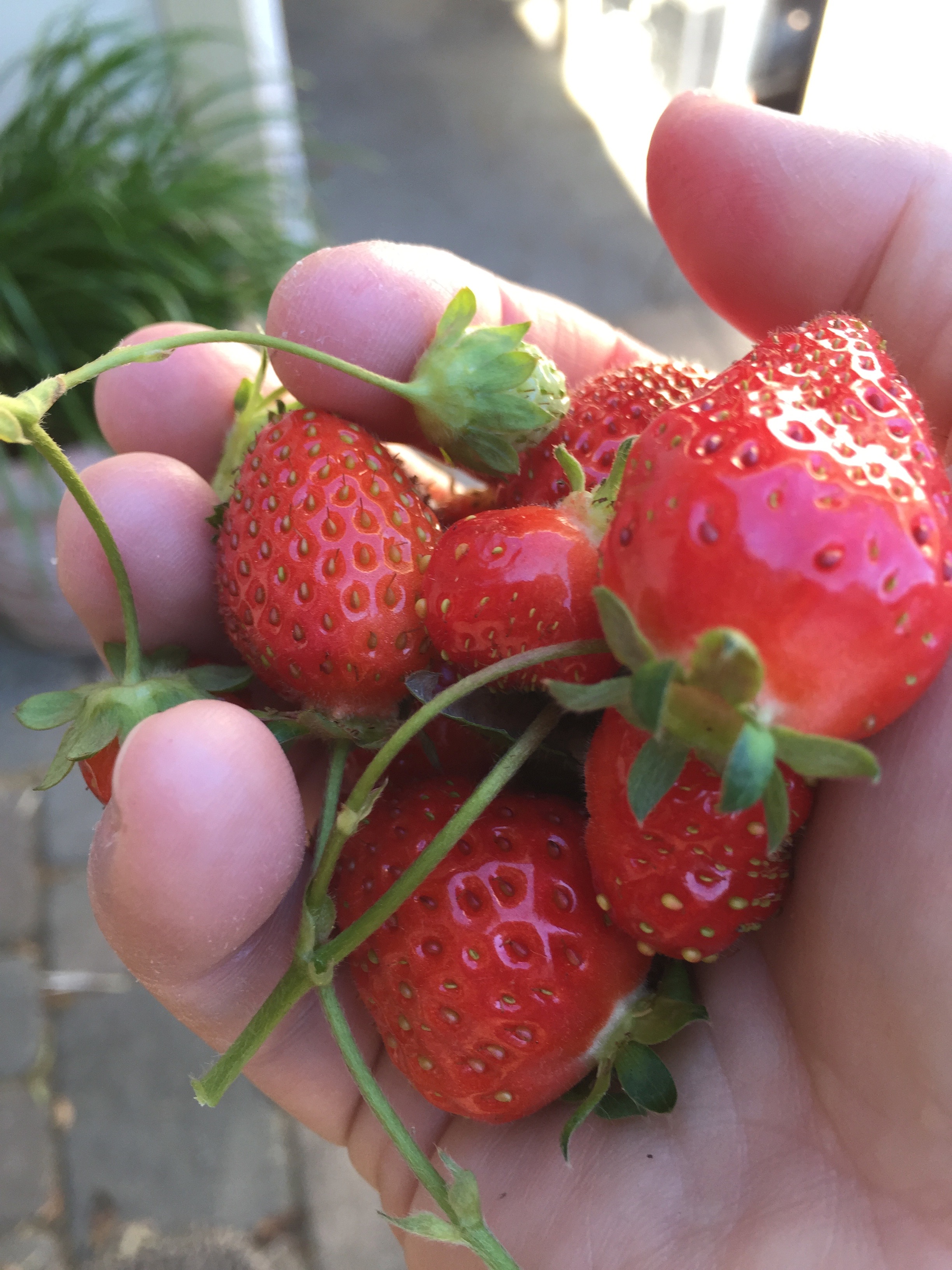We'll talk about other options besides the Market too, but first, the Cornucopia Institute, a non-profit out of Wisconsin ("promoting economic justice for family scale farming"), has created a handy printable guide for you to take to the Market with you. It has a list of questions for you to ask the vendor, which will help you determine whether the food is really local, if it's in season, if it's organic. As I've often said here, if you talk to the farmer, you'll learn all you need to know, and this guide will help you to do that. Real farmers are so happy to answer your questions, so happy to talk about the work they are doing, because they are proud of it and proud of their product.
By the way, local small farmers often can't afford the official organic certification. Don't let that stop you from buying from them. Many of them limit the use of chemicals because it's simply a best practice; if you talk with them, they'll be happy to tell you about it.
Remember the seasons, too. If it's December and your local market has tomatoes, you should be suspicious. However if it's May and your local market has tomatoes, that farmer just might have a heated greenhouse and a very clever touch. You'll know if you talk to them. If you don't know what's in season right now (and how could you help but be confused when you can buy most produce any time of year in any big store?), there are lots of good guides for figuring that out. For instance, you could go to The Seasonable Food Guide and type in your state to find out what's in season during each month. It says that right now, in California, in early January, there are nearly 70 items I can buy that are in season. (Granted, when I type in Minnesota, there are only 14 choices. But still! 14! Pretty amazing in that climate. Some are stored items like sweet potatoes.)


























